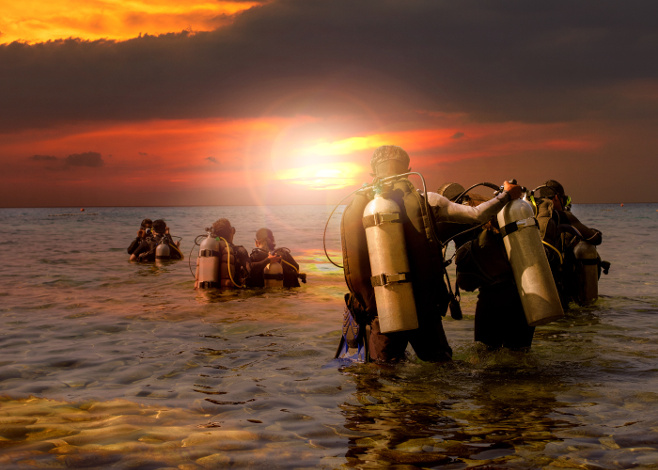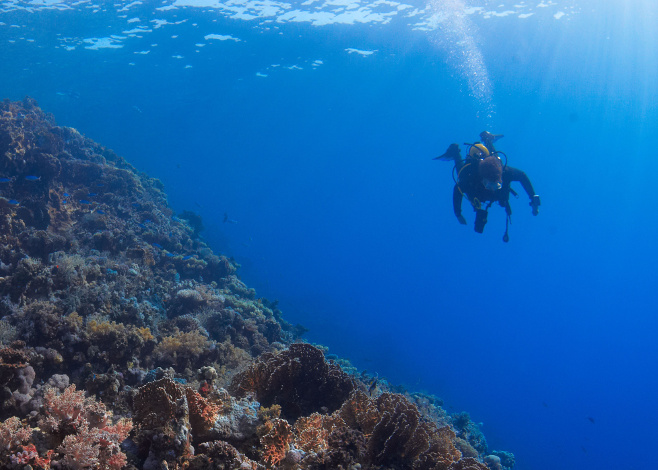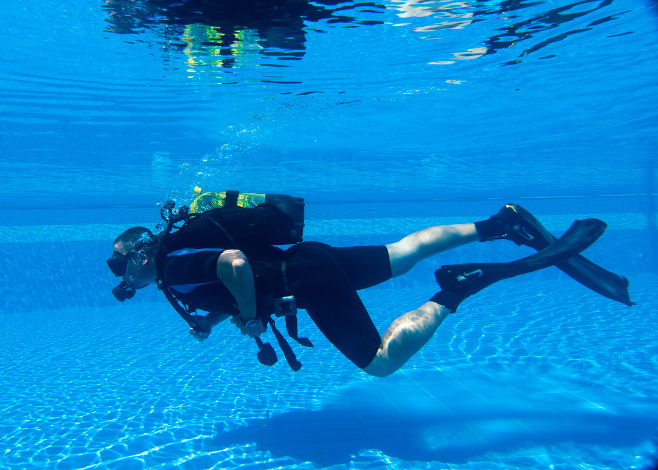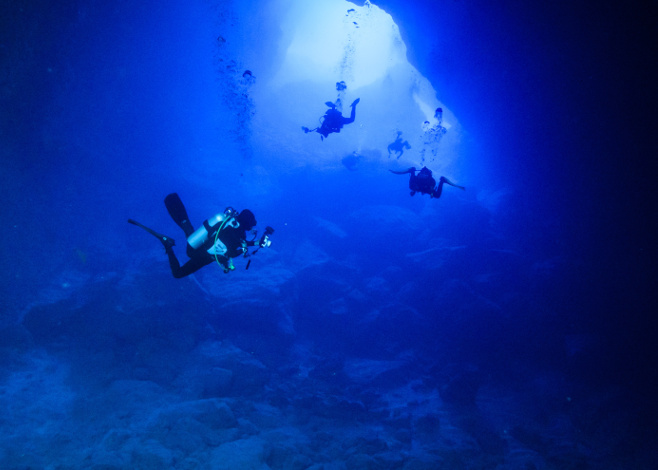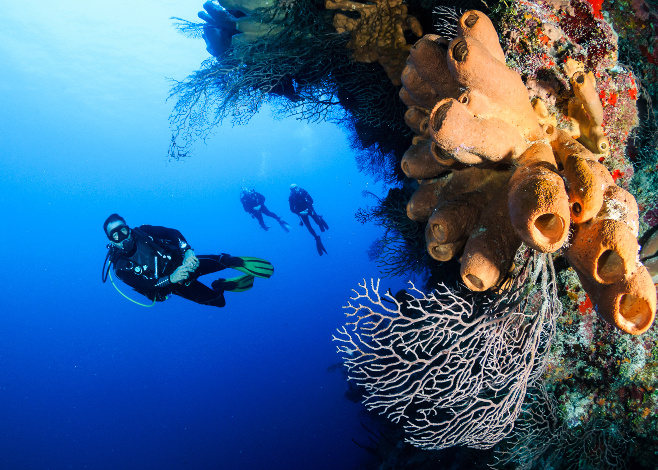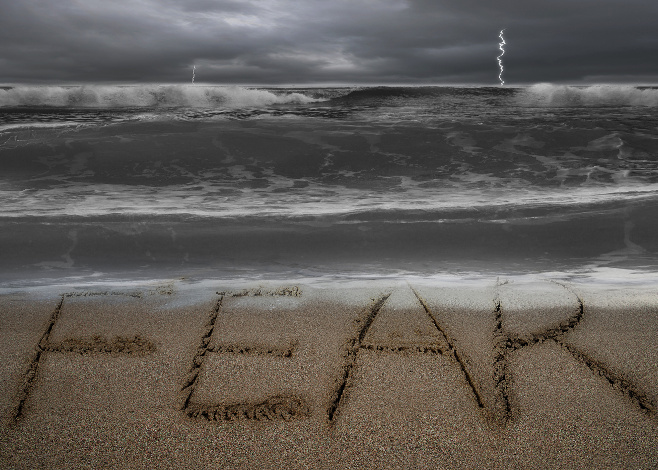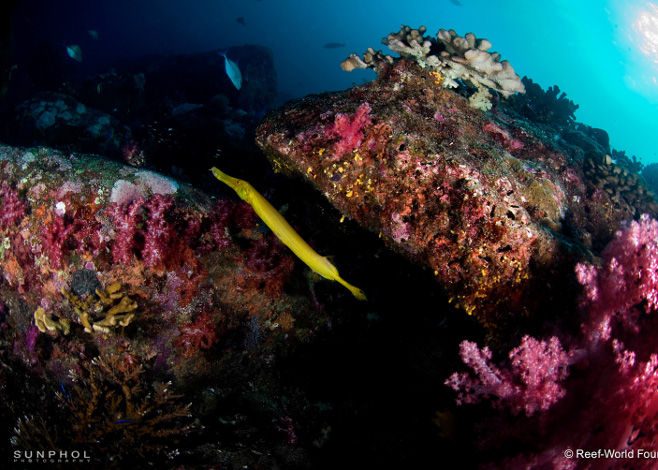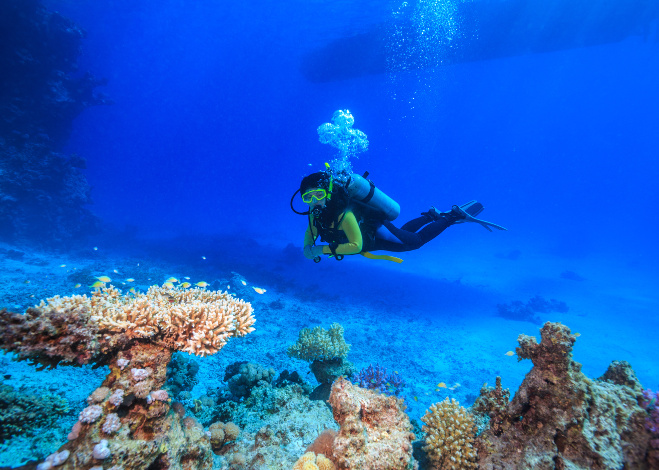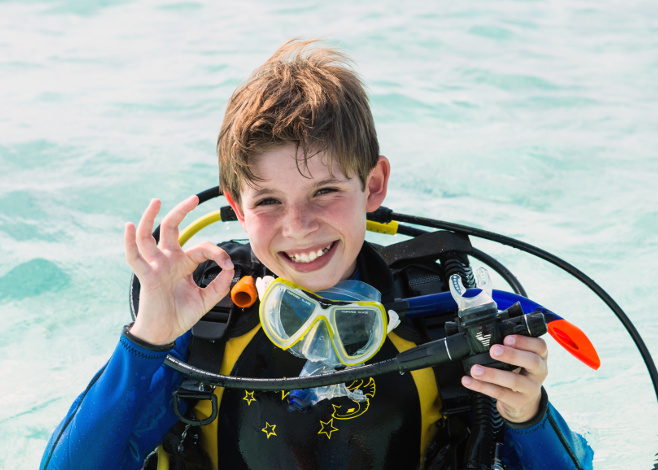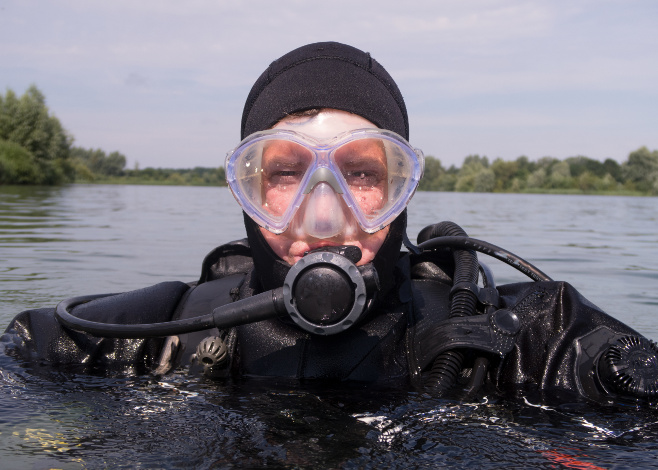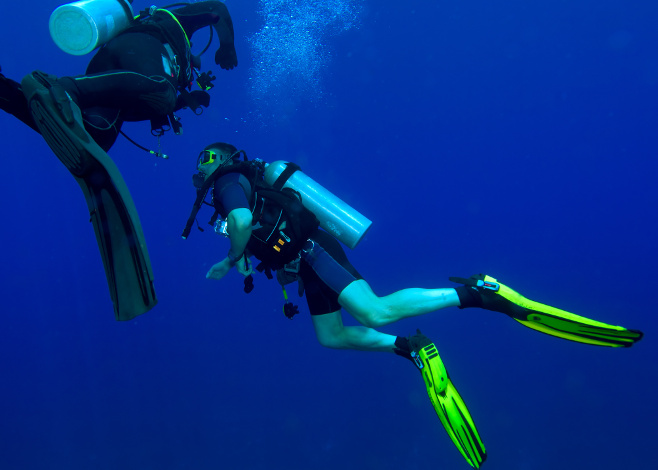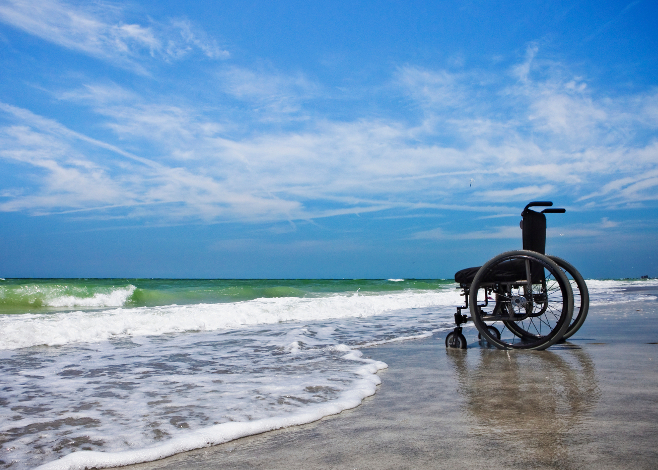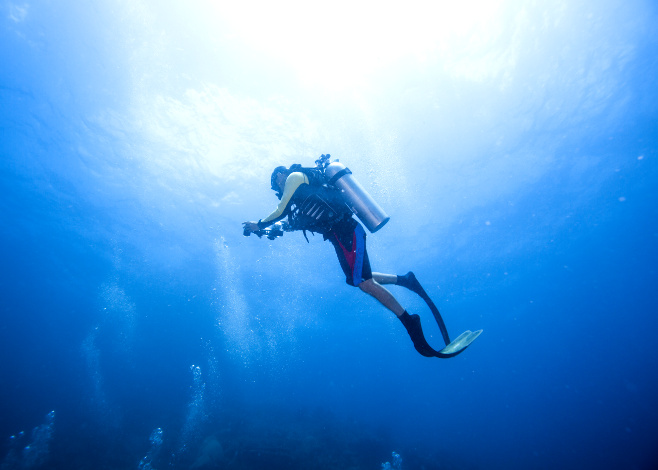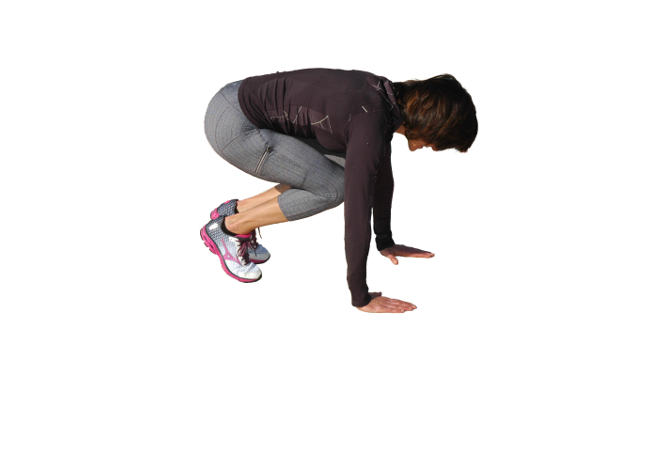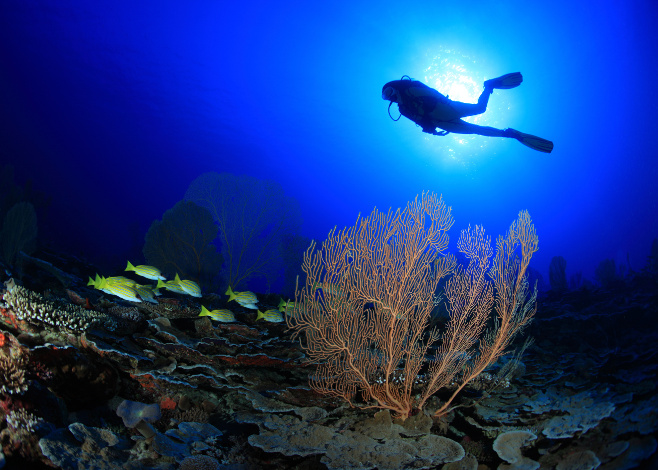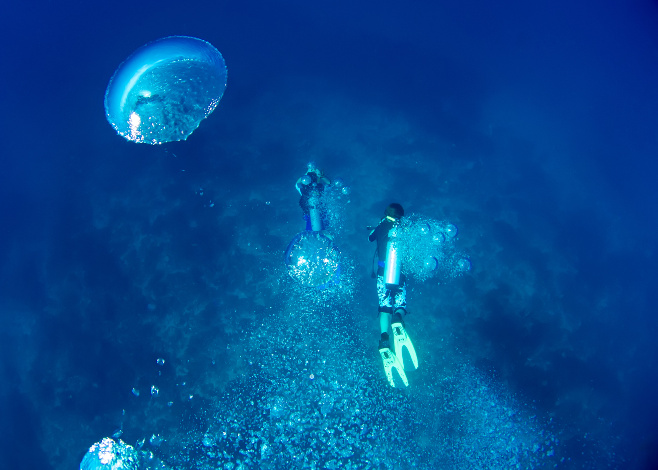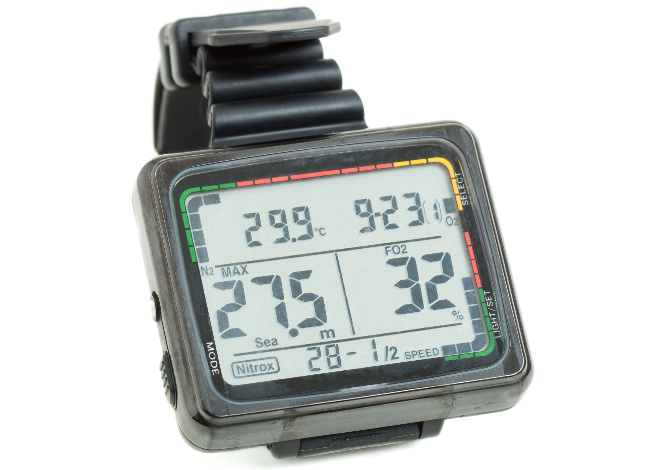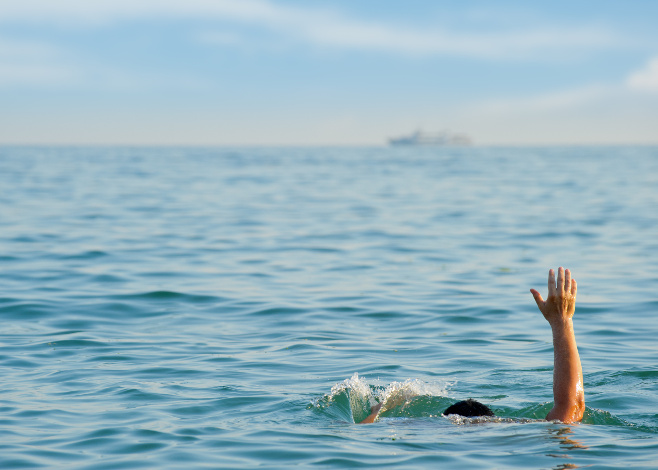The buddy check should always be a part of your pre-dive ritual, but many of us skip it entirely or miss key safety aspects. Here’s what to watch for on your next — and every — buddy check.
Training
Most divers know about the dangers of getting caught in a downcurrent, but what if you’re caught in an upcurrent? Here’s what to do.
Mastering neutral buoyancy is important in itself. Take it to the next level by performing (or teaching) other dive skills while neutrally buoyant as well.
Getting caught in a downcurrent is unnerving for even the most seasoned diver. Here’s what to do (and what not to do) if you’re caught in a downcurrent.
Although it’s as fundamental as good buoyancy, diving awareness is rarely taught. Here’s what you need to know to keep track of yourself underwater.
We’ve all heard people say they’re too afraid to try diving for a variety of reasons — claustrophobia, sharks, drowning — and maybe we felt that way too before we fell in love with the sport. Here’s how to address and overcome those fears.
How do you become your dive guide’s best buddy? Here’s what five Green Fins dive guides from the Philippines have to say.
Some divers seem never to run low on air, while others struggle to stay down for 30 minutes. In this four-part series we’ll address how to fix poor air consumption.
A child who’s a confident scuba diver can carry that self-assurance into several other aspects of his or her life including school, social interactions or other sports.
Although it’s often the first piece of gear to come off at the end of the dive, here’s a case for keeping your mask on.
Some divers seem never to run low on air, while others struggle to stay down for 30 minutes. In this four-part series we’ll address how to fix poor air consumption.
Scuba diving offers disabled individuals an opportunity to leave their wheelchairs behind and experience freedom of movement underwater.
Some divers seem never to run low on air, while others struggle to stay down for 30 minutes. In this four-part series we’ll address how to fix poor air consumption.
Although burpees aren’t anyone’s favorite exercise (no kidding), incorporating them into a dive-fitness routine can offer a quick total-body workout.
Buoyancy control is one of the most important skills to master when it comes to diving, and practicing your hover in the pool is one of the best ways to dial it in.
Some divers seem never to run low on air, while others struggle to stay down for 30 minutes. In this four-part series we’ll address how to fix poor air consumption.
The dive computer has become an essential piece of equipment, and yet many people don’t have one, refuse to rent one or attempt to share one. Here’s why you should have your own dive computer.
Whether you’re a new or experienced diver, it’s important to maintain the contingency skills you learned in entry-level scuba courses.


